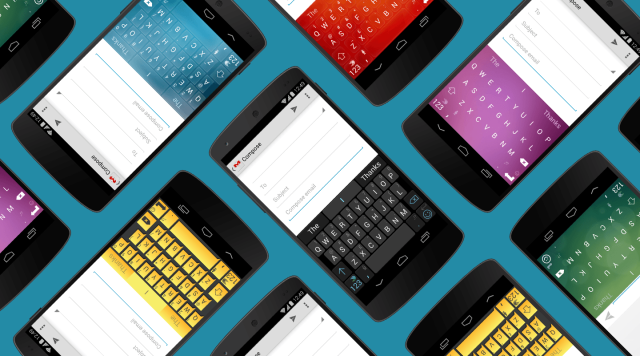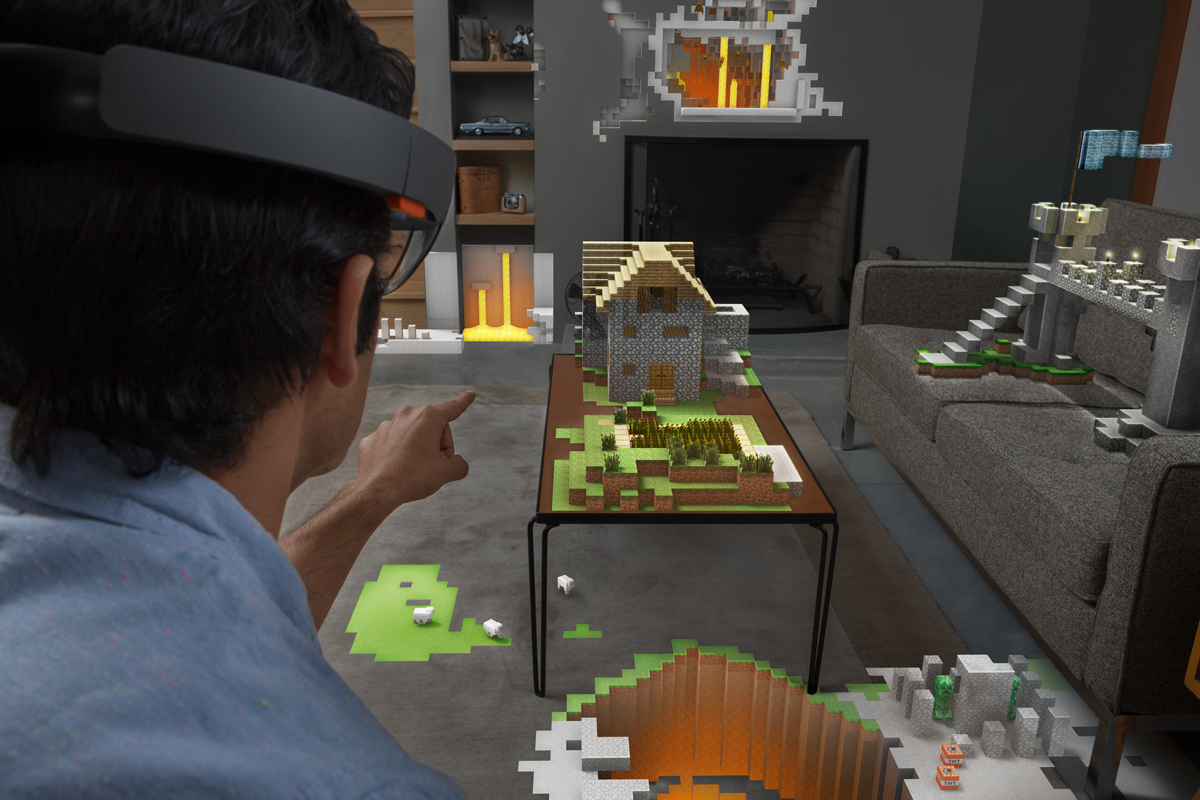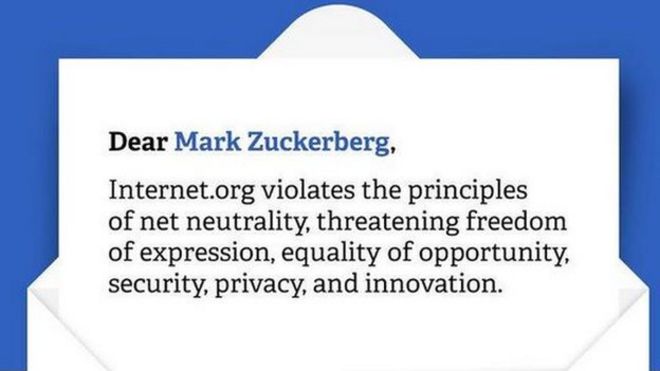Game Review: Rocket League
So today I decided that I would try out something different. Usually the most extent I talk about games on here is when I'm talking about Nintendo, but I also play a large amount of PC games. Yesterday I bought Rocket League on Steam since it was on sale for 40% off. I've been hearing a lot of hype about this game for a long time and I was really excited to try it. It has definitely lived up to the fun I've heard that it is.
Rocket League is a simple, yet fun concept. In one sentence, it's soccer but with rocket cars. But it's so much more fun than that. You hit the giant ball by controlling a car. Typical forward/reverse, steering controls. It takes a lot of skill (or luck) to be able to coordinate with your team members to score a goal. Different from soccer, however, is the giant explosion when you get a goal, or ramming into someone so hard with your rocket boosters that they explode. The game's hilarious almost toy-like physics make the game that much more fun. Combined with gorgeous graphics that allow you to see individual blades of grass moving in the wind and amazing sun flairs, it's fun to even just watch.
You win by getting the most points in a five minute round. If there is a tie when the timer runs out, there is overtime where the next team to score a point wins. When the round is over, you'll get experience points depending on how well you and your team did that round. You also have a chance to get a new item to customize your vehicle with. These items are almost entirely cosmetic, since the hitboxes, speed, etc. of all of the cars, hats, and flags are almost identical. But it's still awesome to get a new boost trail, or pirate hat.
The game isn't terribly competitive, which strikes me as odd. You would think with a game that is so focused around one of the most competitive sports of all time, it would have that. There is a competitive mode, but it still doesn't carry the same weight. I think it would be more interesting if the items you got each had balanced ups and downs, such as increased speed with decreased control. Things like that would make customizing your vehicle much more fun, much like Splatoon's gear system.
Overall, I can tell this will be a game I will become addicted to over the next few weeks. I can't say whether it will have a lasting effect on me, but I can definitely tell it's worth the $12 I spent on it.



















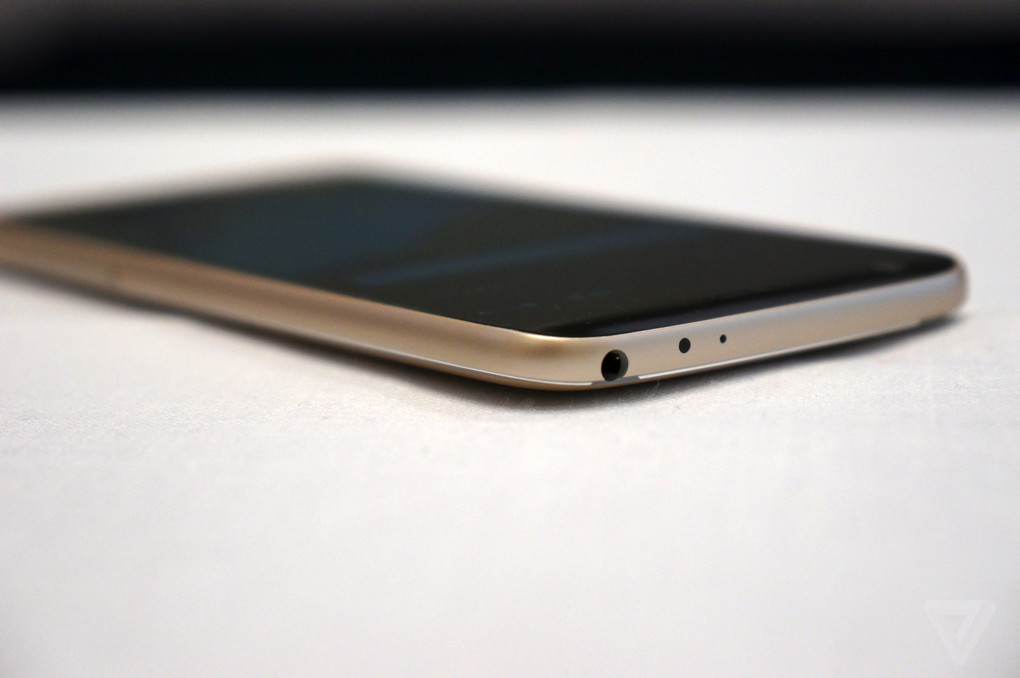
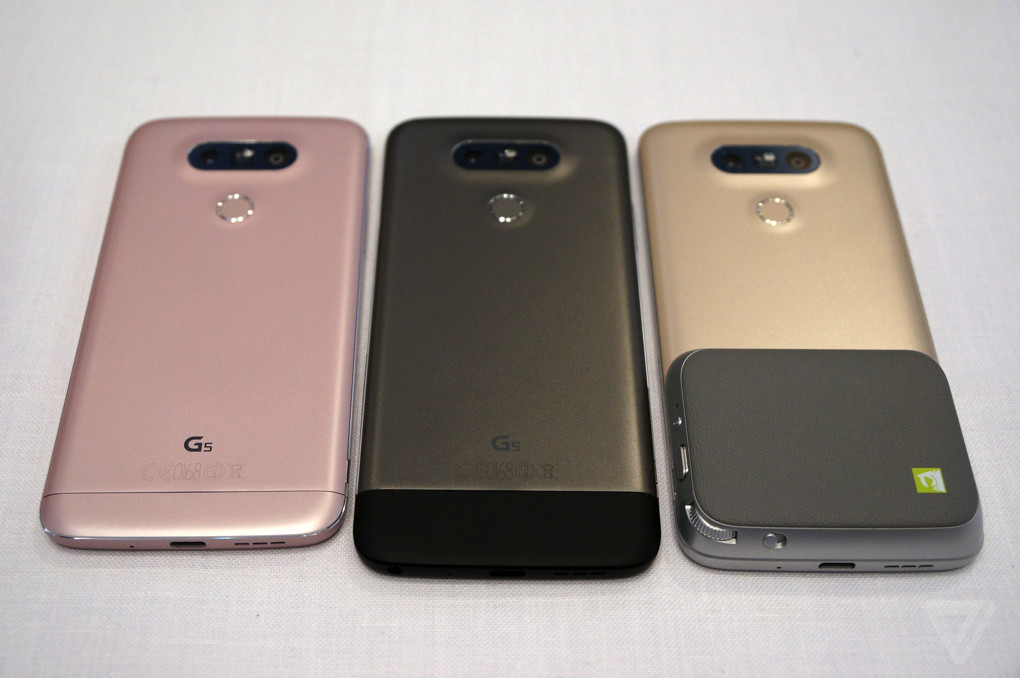
/cdn0.vox-cdn.com/uploads/chorus_asset/file/6074451/samsung-galaxy-s7-hands-on-sean-okane17_2040.0.jpg)











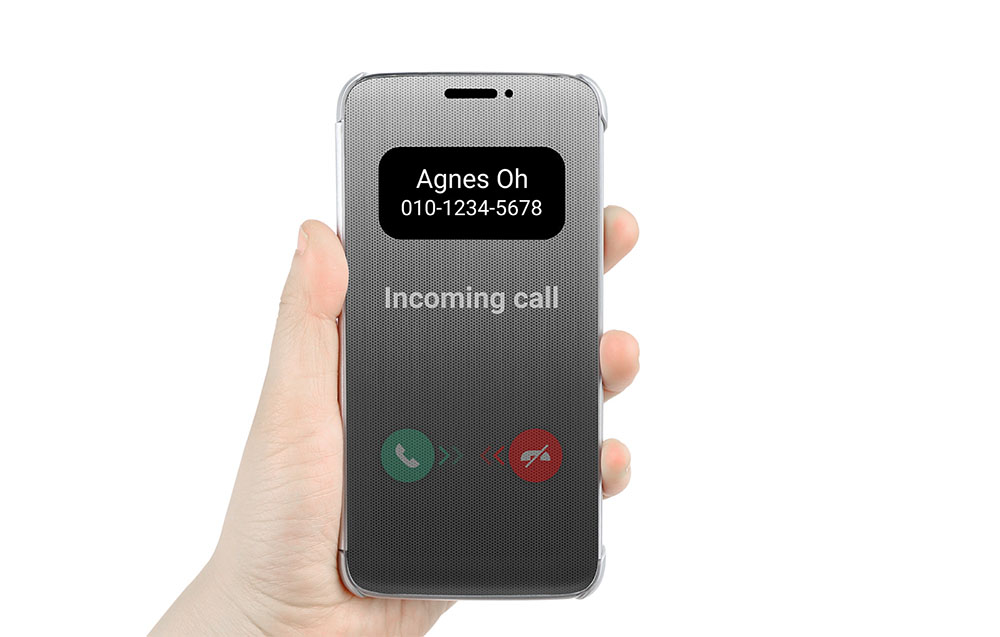
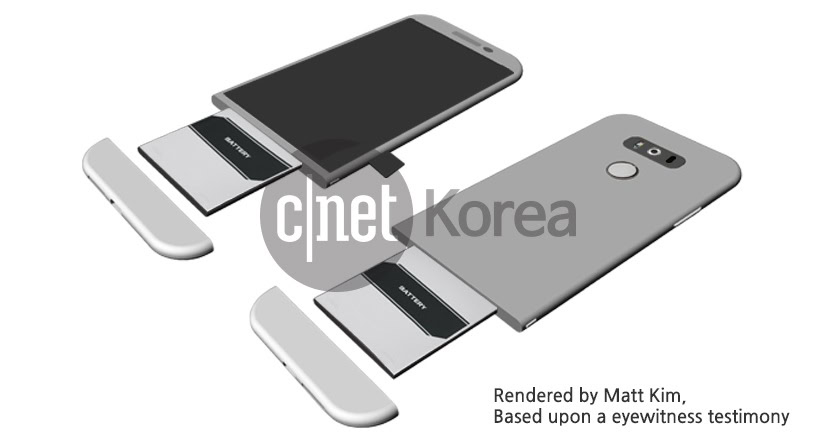
/cdn0.vox-cdn.com/uploads/chorus_asset/file/6024491/giphy.0.gif)




